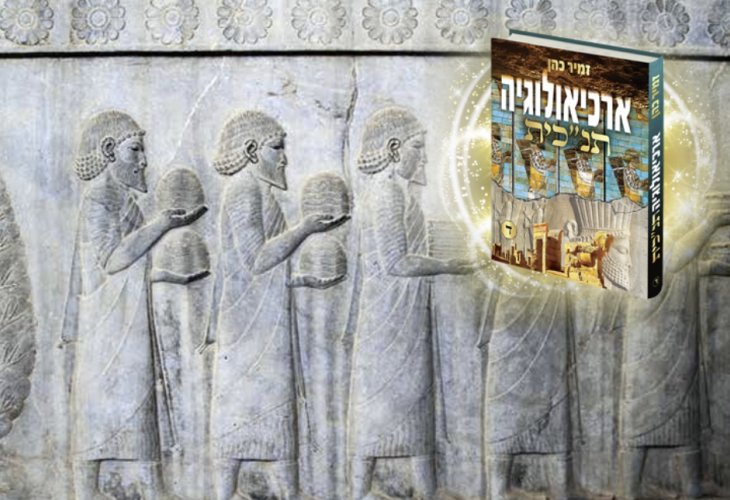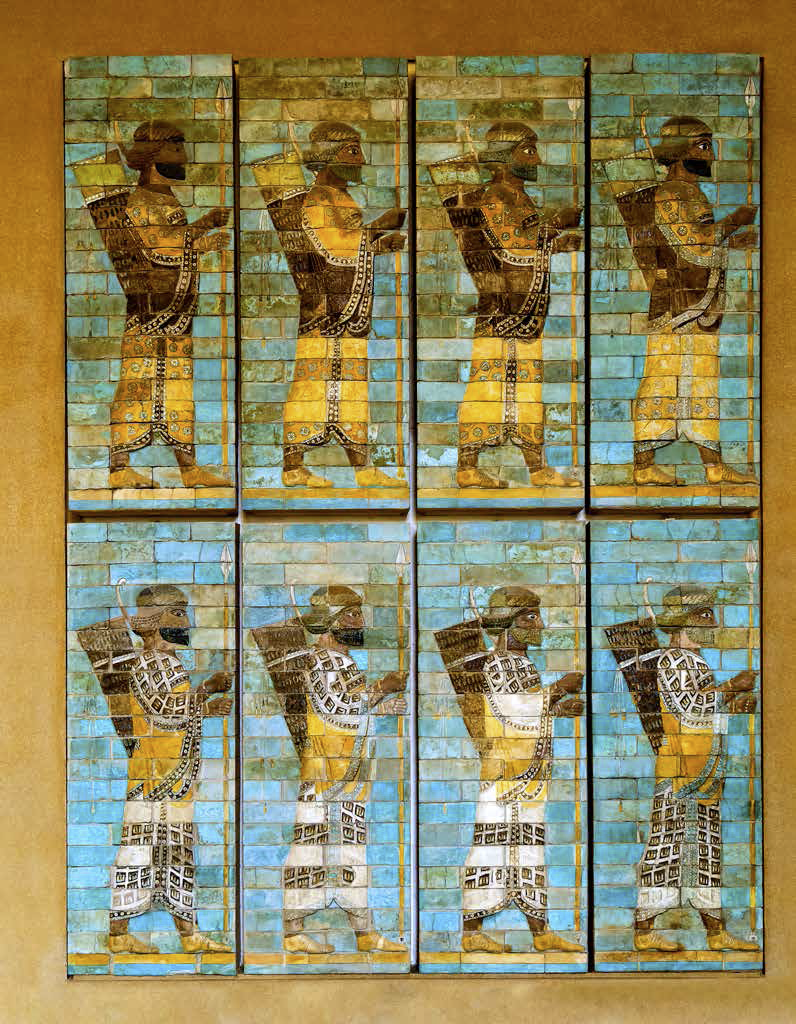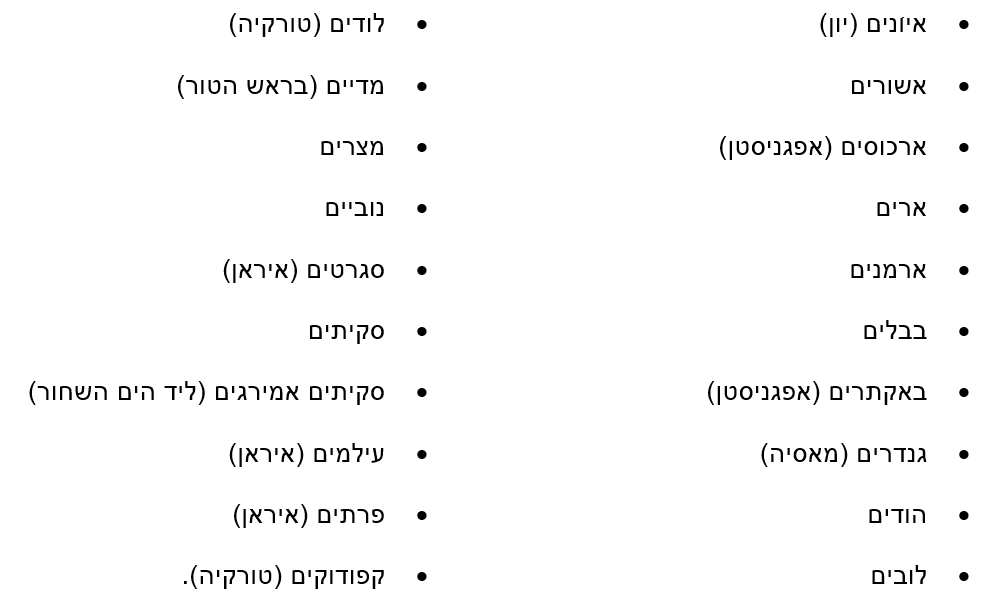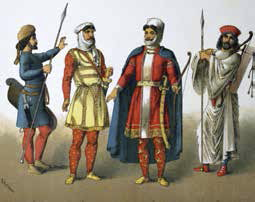Exploring the Ancient World of King Achashverosh: A Journey Through History
Uncover the fascinating history of King Achashverosh's vast empire, where diverse cultures came together under one rule. From archaeological findings to legendary tales, delve into an intriguing past.
 The capital of Shushan during the reign of King Achashverosh
The capital of Shushan during the reign of King AchashveroshThe Talmud lists Achashverosh as one of the four kings who ruled over the entire known world. The Achaemenid Persian Empire was the largest ancient empire up to its time, and under Achashverosh's rule, it reached its peak expansion.
In line with this, an inscription commissioned by him on the wall of Van Castle in a region that was part of his kingdom (present-day Turkey) boasts that he is "King of the entire world." The inscription is in three languages side by side: Old Persian, Babylonian, and Elamite, as was the custom for Persian kings due to their dominion over many lands.
The inscription exalts Achashverosh’s greatness, proclaiming him as "King of all Kings... sole ruler of all lands and languages... King of the lands where many peoples reside, son of the illustrious King Darius." The Book of Esther confirms this was not mere boastfulness, but an accurate declaration, as the Greek historian Herodotus also writes that this king ruled over the entire known world.
 Elite soldiers of King Achashverosh's army. Palace decorations in Shushan
Elite soldiers of King Achashverosh's army. Palace decorations in ShushanThis serves as the backdrop for Haman's conversation with Achashverosh, stating that the Jewish people are scattered and separated among all the peoples in the provinces of his kingdom, with customs different from anyone else, and they do not follow the king’s laws. Therefore, he suggests it would not be worthwhile for the king to tolerate them, proposing their complete annihilation. The dire situation was perilously real as all Jews were under his dominion.
Indeed, historians and archaeologists recognize Achashverosh's domains as a historical and archaeological fact, as they wrote that the territories of King Achashverosh outlined in the Book of Esther encompass the lands "from India to Kush," a precise definition of the Persian Empire’s borders. The Book of Esther portrays Achashverosh’s greatness as ruler over the far reaches of the earth, aligning with the titles found in Xerxes’ inscriptions - "King of the lands where many peoples reside," "King of the entire world," - as well as Herodotus's tradition.
The many peoples who lived in the 127 provinces of King Achashverosh are immortalized in large stone reliefs in his palace at Persepolis, depicting rows of festive delegations from dozens of lands, bringing taxes and gifts to their Persian king. The gifts included earthenware filled with gold dust, ivories, precious fabrics, rare animals, and more. Each delegation was led by a noble Persian or Mede, recognized by his distinguished attire, and he was the only one armed with a sword. Identified among the peoples in the reliefs:

The Persian and Mede Army
Achashverosh ruled over 127 provinces, yet his army is referred to in the scroll as "the army of Persia and Media." Concerning royal laws, it is stated: "it is written in the laws of Persia and Media."
Persia was the core kingdom. Why is Media also mentioned?
According to Jewish tradition and other sources, these two states were mentioned as a unit due to marital alliances between the kings of both kingdoms, Cyrus and Darius, and the unification of their armies prior to the conquest of Babylon and the subsequent Persian and Mede domination over the numerous states under the Babylonian Empire.
 Officers and soldiers from different nations in the army of Persian kings, as depicted by an artist
Officers and soldiers from different nations in the army of Persian kings, as depicted by an artistIndeed, findings from excavations in Achashverosh's palace clearly depict Persian soldiers in their distinctive attire alongside Mede soldiers, whose dress was different, positioned to indicate their absolute equality: a Persian soldier stands next to a Mede soldier, alternating back and forth.
The Imperial Persian Army
Achashverosh’s formidable army also included soldiers from the subject states: Babylon, India, Ethiopia, Libya, Egypt, Syria, Turkey, Armenia, Cyprus, and many other nations. Additionally, his forces boasted "elite units" that served both as a fighting force and the king's bodyguard. It's terrifying to imagine the catastrophe that could have befallen the Jews under his protection if such military power had been directed against them, as Haman had planned.
Figures of these elite soldiers have been discovered by archaeologists, portrayed on vibrant bricks on the walls of Achashverosh's palace in Shushan.
Excerpt from the book "Biblical Archaeology Volume D" by Rabbi Zamir Cohen, now available in stores. To purchase the book, click here.

